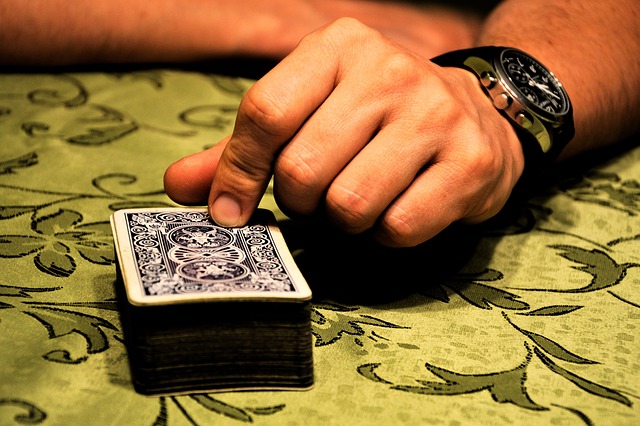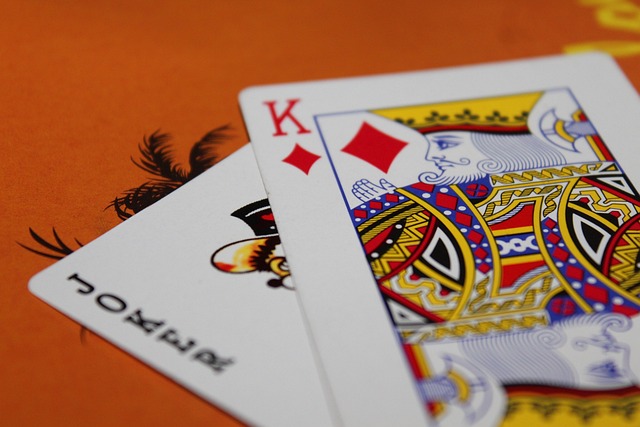Pai Gow Poker stretches a bankroll better than most table games. The high push rate, optional banking, and deliberate pace create long, low-swing sessions. If you want steady play and time to think, this game is built for you.
Why variance runs slow here
Each round deals seven cards to you and the dealer. You set a five-card “high” hand and a two-card “low” hand. To win the bet, both of your hands must beat the dealer’s; split results push.
Pushes are common, which softens swings. You’ll see fewer big wins and fewer painful streaks. That means more decisions per dollar and a calmer mental game.
At-a-glance effects
| Feature | What it Does | Impact on You |
|---|---|---|
| High push frequency | Many split results | Smaller swings, longer sessions |
| Two-hand requirement | Must win both to win the bet | Fewer decisive outcomes |
| Slow hand setting | Fewer hands per hour | Time to think; low burn rate |
Rules that shape pace and edge

Casinos follow a fixed “house way” for setting the dealer’s hands. This creates predictable matchups. A small commission may apply on wins, depending on the house rules, and some tables use a flat banker advantage instead.
Table speed is naturally slow. Expect roughly 25–40 resolved hands per hour depending on the table. Fewer decisions per hour mean your bankroll lasts longer than in fast games like blackjack.
Banking and why it matters
When available, you can “bank” (act as the dealer) in turn. The banker wins all exact ties and generally holds a slight edge over non-bankers. Banking doesn’t change the game flow, but it trims the house advantage when it’s your turn.
If bankrolls are uneven, ask the dealer how banking works at that property. Some tables let you co-bank with the house to cover action while still gaining tie-breaker benefits.
Strategy essentials that actually move the needle
Pai Gow strategy is about maximizing total strength across both hands. Weak players often make a monster high hand and neglect the low. Better players balance both so the low hand clears the dealer’s typical lows more often.
Follow the house way as a baseline. Then make small, disciplined deviations in obvious spots: split two pairs more often than your instincts suggest; don’t overload the high hand when a strong two-card low is available.
Setting the two hands (practical rules)
Keep pairs balanced. With two medium pairs, put the higher pair up top if it makes a strong low (e.g., A-A high vs. K-K high below). You want two hurdles the dealer must clear, not one.
Watch straights/flushes. Sometimes you should break a straight or flush to strengthen the low hand. If keeping the made hand leaves a hopeless low, break it—overall equity rises when both hands are competitive.
Joker and side values
The joker is usually semi-wild: it completes straights, flushes, or acts as an ace. Use it to shore up the weaker hand when possible. In two-card lows, ace-king is solid; don’t downgrade to chase a flashy high that leaves a weak low.
Avoid side bets unless you budget them as separate, tiny units. They add variance and don’t help the main wager’s expected value.
Bankroll planning and table selection

Start with units sized for long sessions. For standard tables, 60–100 units covers normal swings comfortably. Treat peak exposure as 1× the table minimum (there are no doubles or splits), but remember commission when you tally results.
Pick the slowest comfortable table. Fewer hands per hour stretch your roll and help decision quality. If banking is offered, rotate the banker spot when your chip stack feels steady; it’s a small, real edge over time.
Quick setup list
- Learn the property’s house way and commission policy.
- Use a simple setting plan: balance both hands; don’t overstack the high.
- Bank when allowed and affordable; skip if it stresses bankroll.
- Log results by hour, not just by shoe, to track true pace and burn rate.
Common pitfalls (and clean fixes)
Overvaluing the five-card hand is the classic leak. If your low can’t beat typical dealer lows, you’ll turn wins into pushes and pushes into losses. Balance first, flair second.
Rushing the set leads to misplacements. Take the time the game gives you. If unsure, ask the dealer to set your hand the house way and compare to your intent; this is a quick path to learning without guessing.
Three rules of thumb
- Build two winners, not one showcase hand.
- Break made hands when the low would be too weak.
- Bank selectively; treat it as a small edge, not a gamble.
